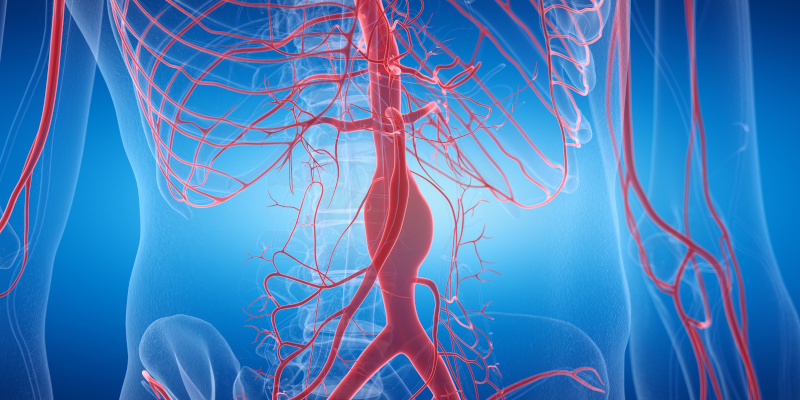
Aneurysm: a silent threat
Understanding, Preventing, and Managing Aneurysm Risk
An aneurysm is an abnormal bulge in the walls of an artery, caused by weakness in the arterial wall. It can develop in any artery but is more common in the aorta, the main blood vessel that carries blood from the heart to the rest of the body, and in cerebral arteries. Although it often doesn’t present symptoms, a ruptured aneurysm can lead to fatal complications.
Types and Common Symptoms
Aneurysms can be classified based on their location: aortic (thoracic or abdominal), cerebral, popliteal artery (behind the knee), mesenteric artery (in the intestine), and splenic artery (in the spleen). Most aortic aneurysms are caused by atherosclerosis and tend to occur in men over the age of 60. Cerebral aneurysms can result from head injuries, hereditary diseases, vascular malformations, hypertension, or atherosclerosis.
Symptoms vary depending on the type and location of the aneurysm but generally include pain, profuse sweating, dizziness, nausea, vomiting, rapid heartbeat, shock, or fainting, and low blood pressure. Cerebral aneurysms can cause severe headaches, dilated pupils, blurred or double vision, pain above and behind one eye, weakness, numbness, and difficulty speaking.
Diagnosis and Treatments
Aneurysms are often diagnosed incidentally during exams for other reasons. Diagnosis can be made through ultrasound with color Doppler, computed tomography angiography (CTA), or magnetic resonance angiography (MRA). Treatment varies depending on the size, location, and appearance of the aneurysm, as well as the individual’s overall health.
Risk Factors and Prevention
Some risk factors include a family history, advanced age, male gender, smoking, high blood pressure, and genetic conditions like Marfan syndrome and Ehlers-Danlos syndrome. Prevention focuses on managing these risk factors, such as quitting smoking, keeping blood pressure under control, and adopting a healthy lifestyle.
Sources


